What was it like to be a student of color in the 60s and 70s
Photo Courtesy of Calvin Prism
Joe Ritchie, class of 1970
The demographic makeup of Calvin in the 1960s and 70s varied greatly from today. Currently, according to Calvin’s 10 Day report, minorities accounted for about 17% of the student body. During the 60s and 70s, this number was likely well below five percent. Former student Joe Ritichie said, “You could take my two hands and maybe one other person’s hand, and you can account for all the minorities relatively at school.”
Although these students of color shared the factor of being small in number, they all had unique experiences. Tom Geelhoed, an Asian American student who graduated from Calvin in 1979, had a rather smooth transition coming into Calvin his freshman year. The environment was fairly similar to the high school he attended, South Christian. Thrusted into Calvin, he was fully immersed into the culture at Calvin, as he embraced dorm life and the people and eventually ended up as dorm president of Beets Veenstra.
Elmer Yazzie, a Native American student and member of the Navajo nation who graduated from Calvin in 1976, said his adjustment to Calvin was much more difficult. There were not many people who he could relate to, and as a result, he said, “My first two years at Calvin were uncomfortable,” despite being on the cross country team and having some friends, he felt that “only a few understood me.”
Previously mentioned Joe Ritchie, an African American student who graduated in 1970, had an integration that was neither difficult nor easy but felt that he “coped pretty well at Calvin.” His high school experience was also helpful for him, as he attended the likely “most integrated school in Chicago,” Tilden Technical High School. As a result, early during his time at Calvin, he was eager to become involved in sports. He tried out for basketball, baseball, and soccer, and ended up on the soccer team despite not playing the sport before. Team sports and intramurals allowed him to begin to become comfortable in his new environment.
Although sports provided an early haven for him, they also isolated him at times. As the only black guy on the team, his perspective was different in every situation from the rest of his teammates, which can be difficult to cope with. A specific moment that stood out to Ritchie is during the ‘68 Olympics, the soccer team was on a road trip in Indiana, and they began to discuss their views on the black power salute given by two African American athletes on an international stage during the national anthem. Ritchie remembered most of teammates disapproved, as they felt that it was “disrespectful” and said that the two athletes “should go home.” Ritchie, however, felt a sense of pride because of those athlete’s grand gesture. This incident made it clear how “totally different” he was than his other teammates.
White Calvin students were often unaware of the perspectives of their fellow classmates who were minorities. In a study titled “A Social Distance Study of Calvin Students Toward the Negro Race” that was researched by Calvin sociological students in 1976, they discovered that only 13.5% of students whose parents were both born in the United States “would accept a negro as relation through marriage.”
Clearly there were certain prejudices that existed on campus during this time. While it was not common, sometimes these prejudices left the students feeling isolated. Ritchie recalled a moment in the locker room where he overheard a teammate using the N-word in conversation. Although he felt that he had a good relationship with his teammates, most of the time, this was “wounding” to hear for a young African American male, and he was left with some unrest.
Geelhoed did not experience such upfront prejudice while attending Calvin, but he did at his high school, South Christian. He recalled how being a Japanese American was “equated with cheap quality, made in Japan products.”
Coupled with these experiences of prejudice were also moments of inclusion. Yazzie as he grew into his years as a Calvin student felt more comfortable, and became known as a “social butterfly.” People flocked to him in part because of how different he was. People loved how he “wore cowboy boots and western clothing” and “slept on a sheep skin instead of a bed.” In a similar vein, Geelhoed never felt ostracized, and felt that being Asian “in the Calvin community that was a real novelty” and that his classmates embraced him despite his slight difference in physical appearance. Overall, socially, Ritchie reflected positively on his time at Calvin, and he cited playing intramural basketball on a team composed of both white and black players weekly as a highlight. Not only did he enjoy social interactions with students, but he also expressed gratitude for the faculty. At the time, he felt he had some great mentors such as German professor William Pratt, and that there was always someone he could talk to.
These students had positive reflections because although there was still much ground to make as far as race relations for Calvin, there was a tide that seemed to be turning for the positive. According to a report administered in 2002 titled “Race Relations at Calvin, Past, Present, and the Way Forward,” Calvin had a specific plan in which it “engaged in a number of experiments in recruiting, community action and on campus programming during the 1970s.” One unique service implemented according to “Inventory of Race Related Pronouncements and Programs at Calvin (1971)” was the introduction of race-related classes for interim titled “Black American Writers,” “Red Power: The New Indian” and “Afro-American History” which provided students with an opportunity to learn about other cultures, and showed students of color evidence that the school was attempting to embrace its diversity and educate other classmates on their culture.
These alumni feel that Calvin has made great strides in aiming to become more diverse, but they would each like to see more done. Elmer Yazzie expressed how “Calvin has tremendously strengthened their composition of ethnic diversity [as] the Dutch influence at Calvin has decided to be an inclusive experience.” He feels increasing signage around campus to welcome in many languages would make the campus even more inclusive. He said,“The Alumni Center Building needs to be built in direct consideration of the five Native people who gathered on the same grounds long before the take over of the land.”
Geelhoed, who served on the multicultural affairs committee, expressed desired for improvements similar to Yazzie’s comments. He was impressed by the increasing number of faculty and staff that were minorities, but he felt that this improved “diversity does not equal inclusion” and that the challenge going forward should go beyond the demographic numbers and to a more inclusive environment.
Ritchie, who has served on the alumni board, harkened back on the number of minority students at Calvinas he felt that “while the numbers are improving they should be higher.” He specifically called for greater recruiting efforts in inner city areas such as Detroit and certain areas of Grand Rapids.




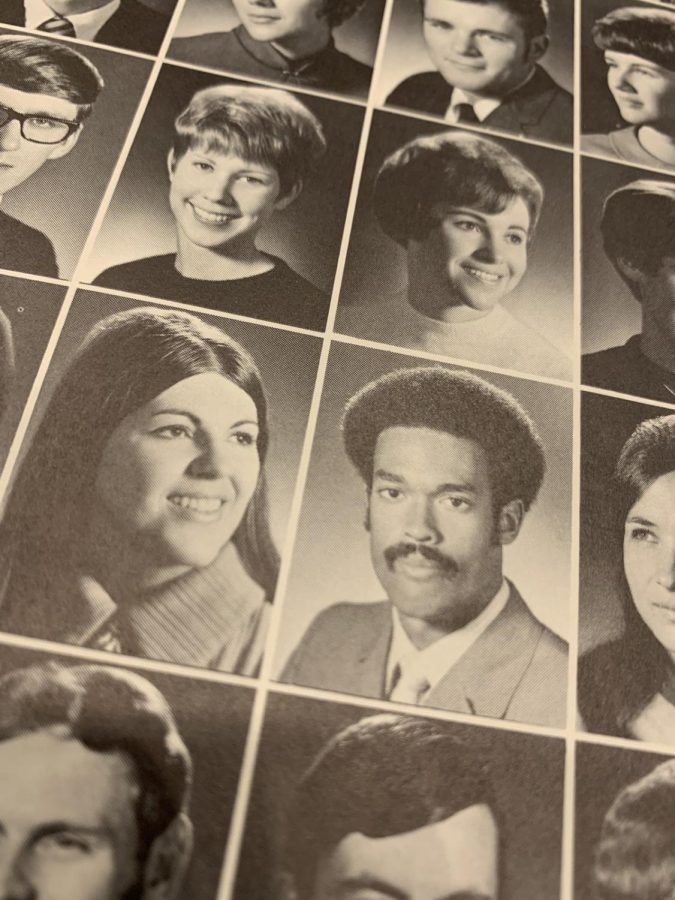
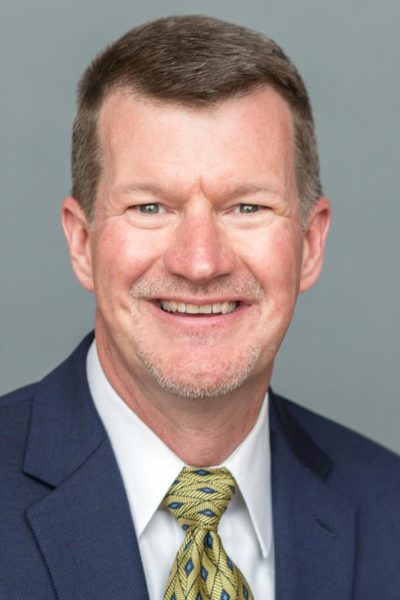


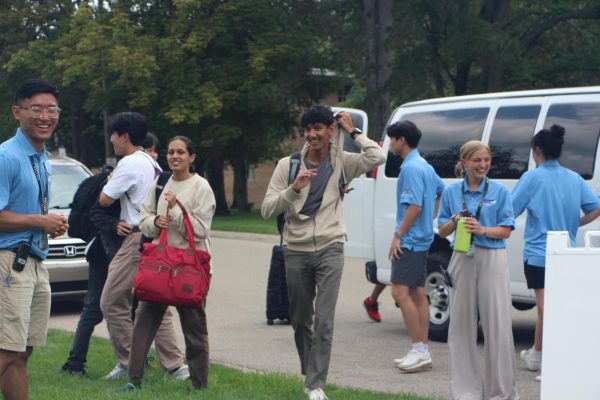
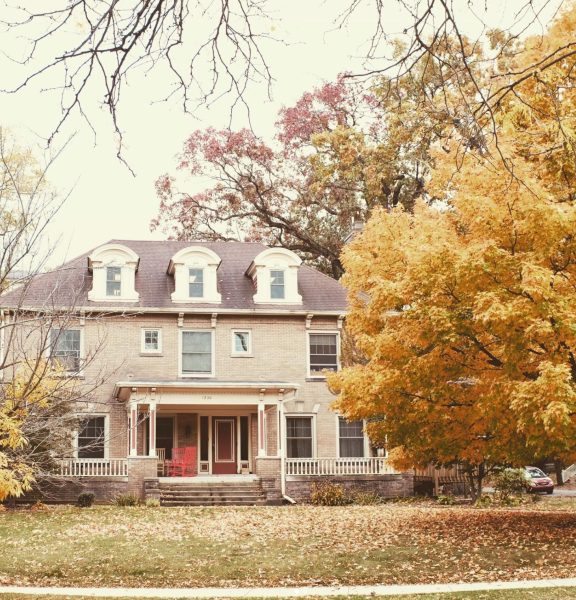
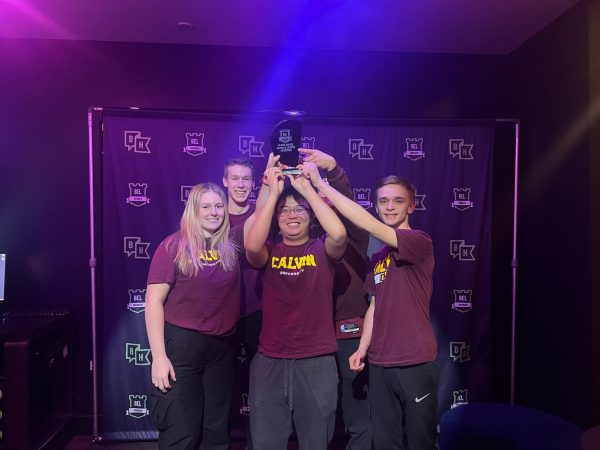

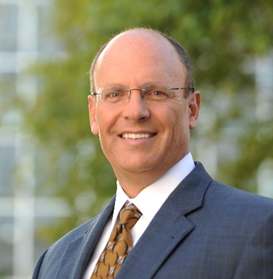
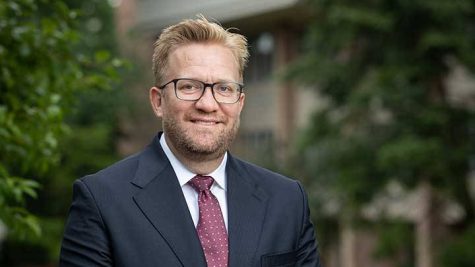
Elmer Yazzie • Dec 6, 2019 at 1:12 pm
Well written Ellington. I loved the flow from one interview to another. Rhythm. I appreciated the views of Mr. Geelhoed and Mr. Ritchie. This is a good subject to continue conversation on. May the Creator God of all nations give us wisdom needed to taste heaven by the relationships we build.
PHIL • Dec 6, 2019 at 8:36 am
Good story. I know Joe and Elmer a little but not Tom. Kudos to each for sharing their story. One little note: pretty sure the German professor Joe mentioned was probably Wally Bratt, not William Pratt. Wally was one of a kind for sure.